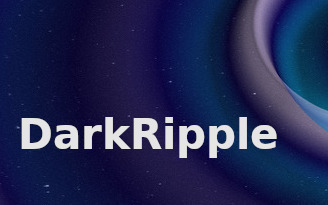Coordination:
Francisco S. N. Lobo
Scope:
Funding:
Fundação para a Ciência e a Tecnologia
We have just celebrated the centennial of Einstein?s General Relativity (GR), one of the most extraordinary theories conceived by the human mind. Despite being derived solely through theoretical criteria of elegance, aesthetics and simplicity, GR has been extremely successful in accounting for the weak-field experimental regime of gravitation. One of its outstanding predictions, namely, gravitational waves (GW) has recently been directly detected by the LIGO collaboration [1a,1b]. This amazing discovery has paved the way for a new era in astronomy and fundamental physics, and opened a new window to test the nature of gravity. GR predicts two massless tensor polarizations travelling at the speed of light, where the amplitude is inversely proportional to the distance from the source. However, extensions of GR predict that additional polarizations may propagate with different velocities, attenuations and effective masses. In fact, growing theoretical and experimental evidences indicate that GR may not be the full-fledged theory of gravity.
In this context, high precision observational data has confirmed with startling evidence that the Universe is undergoing a phase of accelerated expansion [2a,2b]. This phase is one of the most important and challenging current problems in cosmology, and represents a new imbalance in the governing gravitational equations. Several candidates, responsible for this cosmic speed-up, have been proposed in the literature, in particular, dark energy models [3] and modified theories of gravity [4a,4b,5], amongst others. The physical motivations for modifications of GR also consist in the possibility of a more realistic representation of the gravitational fields near curvature singularities and first order approximations for the quantum theory of gravitational fields. In fact, pioneering renormalization approaches to GR clearly showed the need for the introduction of counterterms, implying the presence of extra degrees of freedom, in addition to the spin two massless gravitons [6], which lead to extensions of the Einstein-Hilbert Lagrangian.
The ultimate goal of the proposed research programme is to devise viable modified gravity models that pass local tests, explain the dynamics of the Universe, and be consistent with constraints from GW astronomy. The models of modified gravity to be developed in the course of this project will be subject to cosmological tests. We will use analytical and numerical methods and combine various cosmological data, including gravitational lensing, galaxy clusters, cosmic microwave background temperature and polarization, supernova and baryon acoustic oscillations measurements. These tests from the solar system, specific GW signatures to large scale structure essentially restrict the range of allowed modified gravity models, and thus offer a window into understanding the perplexing nature of the dynamics of the Universe, the cosmic acceleration and of gravity itself.

